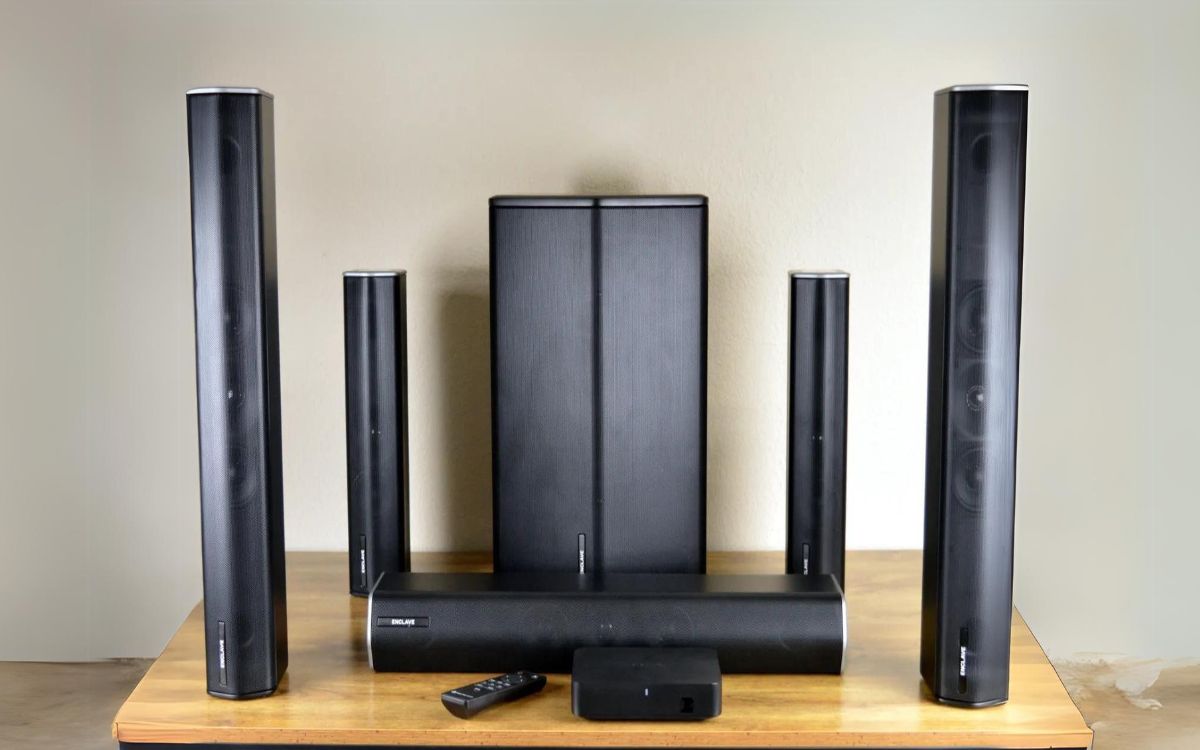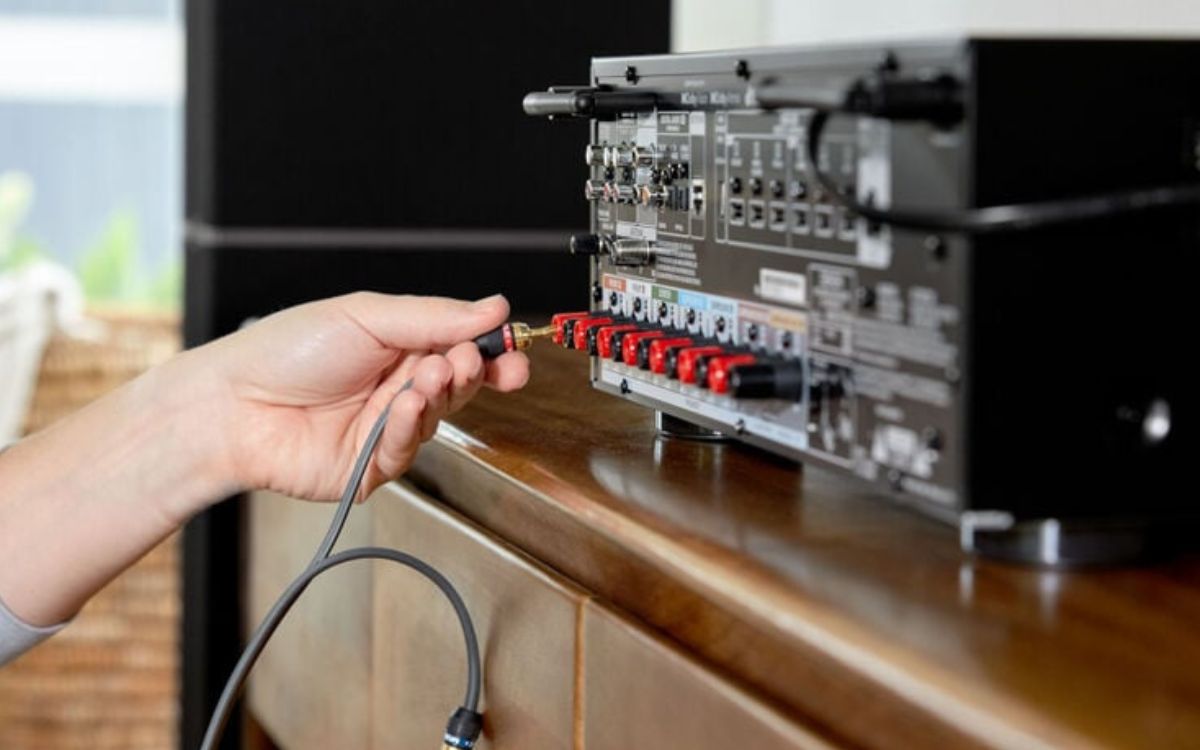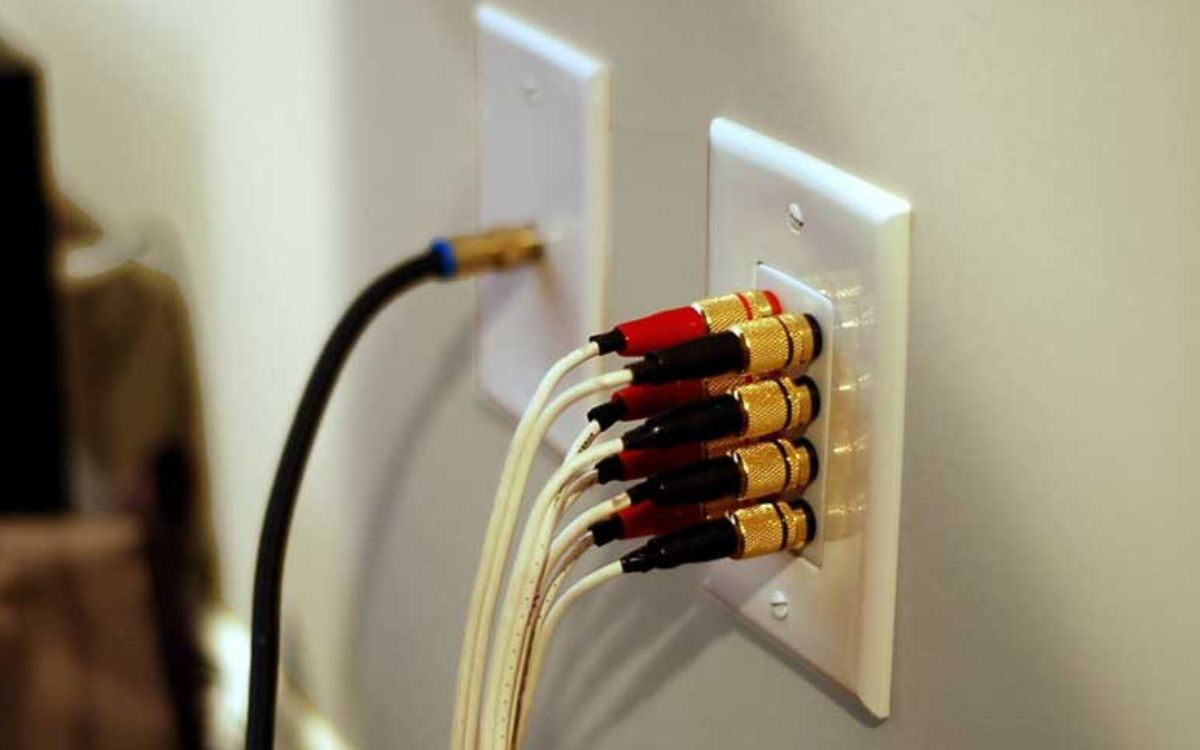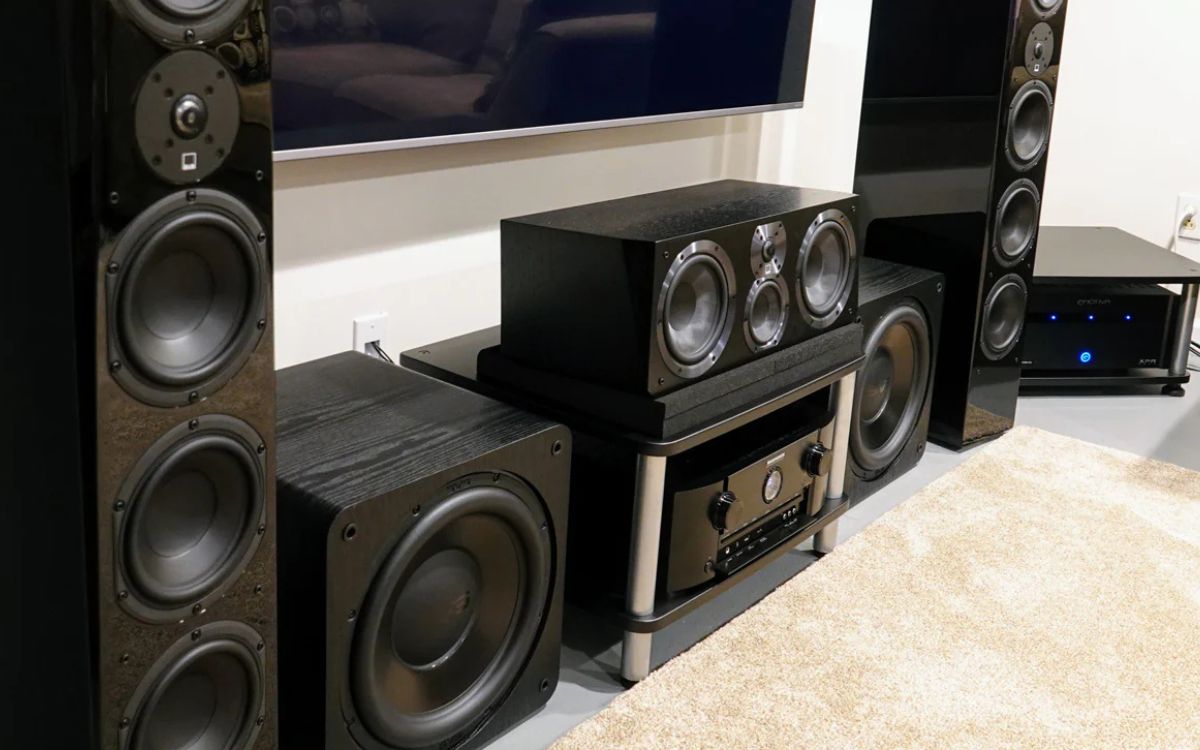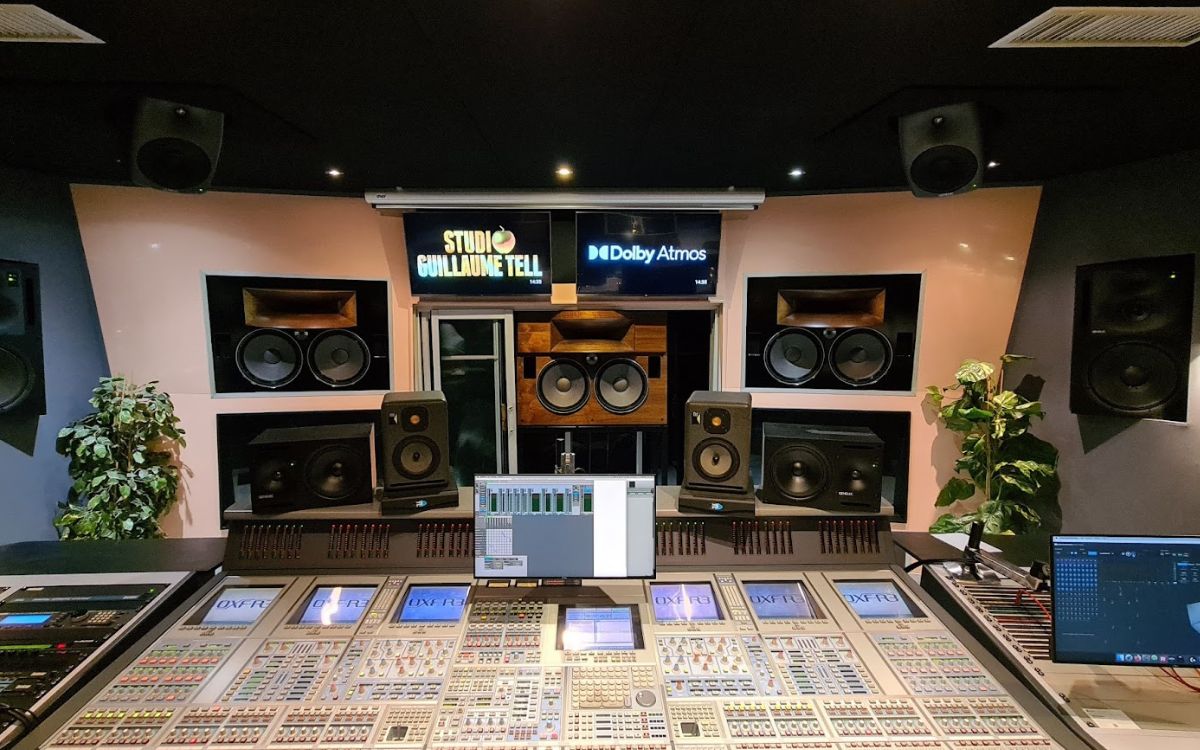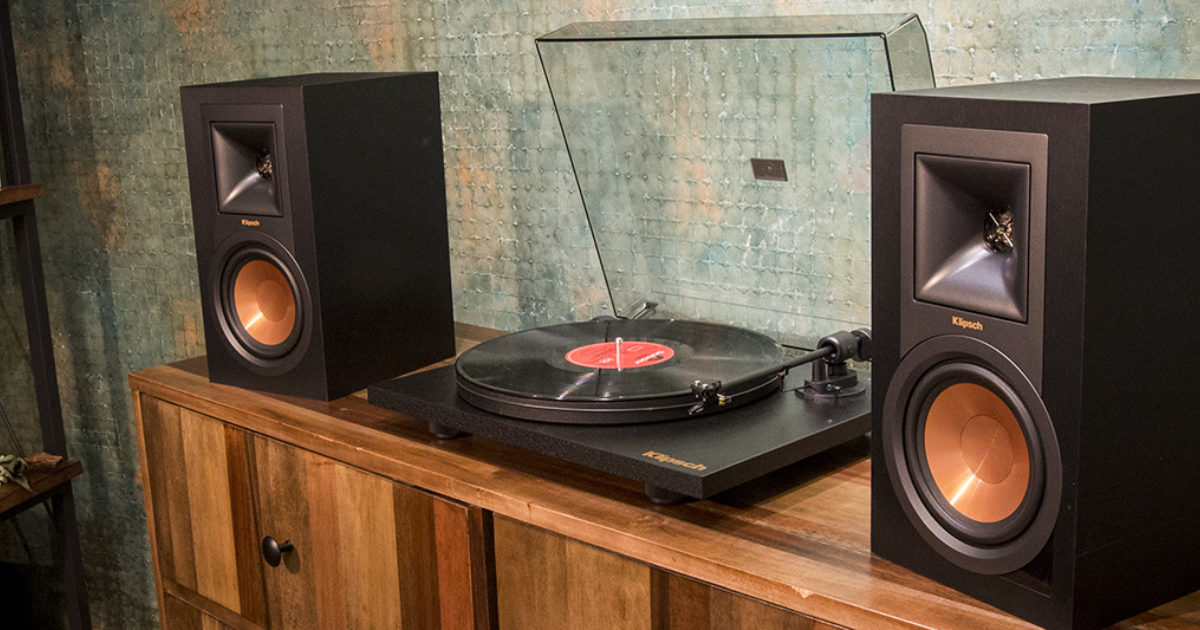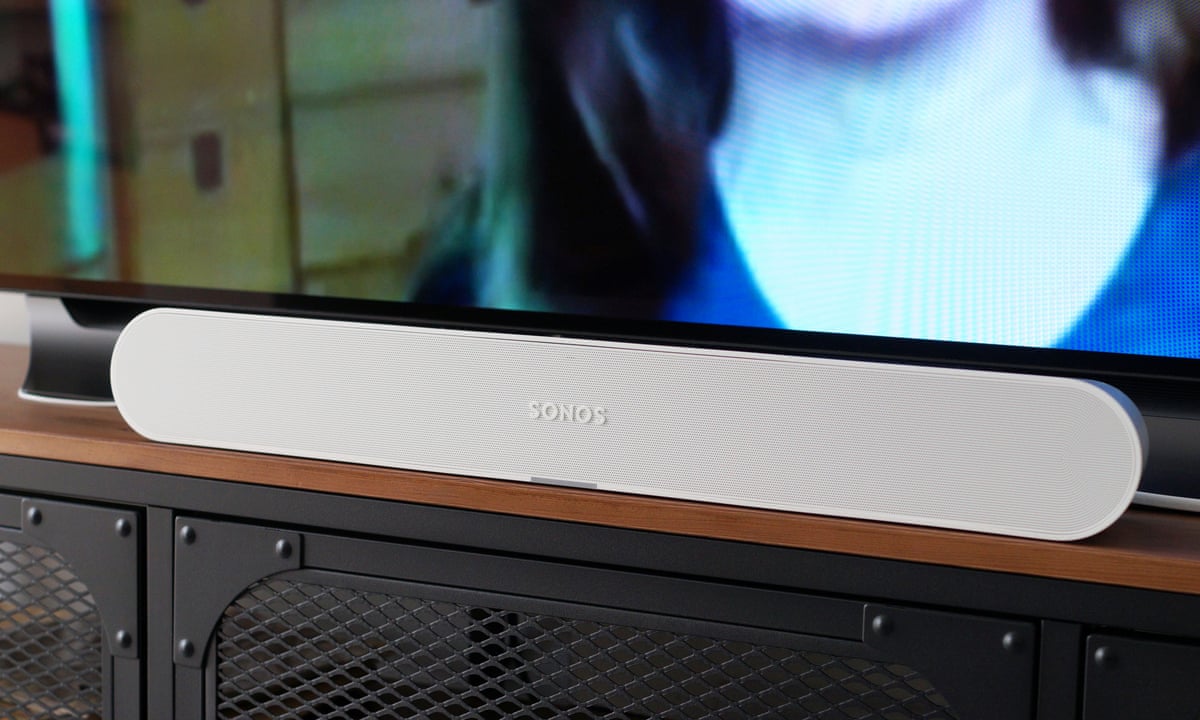Home>Production & Technology>Surround Sound>How Much To Install Surround Sound


Surround Sound
How Much To Install Surround Sound
Modified: January 22, 2024
Looking to install surround sound? Find out how much it costs and get expert advice to create the ultimate home theater experience.
(Many of the links in this article redirect to a specific reviewed product. Your purchase of these products through affiliate links helps to generate commission for AudioLover.com, at no extra cost. Learn more)
Table of Contents
Introduction
Welcome to the world of immersive audio experiences! Surround sound systems have revolutionized the way we enjoy our favorite movies, television shows, music, and even video games. Whether you’re a cinephile craving a cinematic experience in the comfort of your own home or a music enthusiast looking to elevate your audio quality, surround sound systems offer a level of depth and realism that traditional stereo speakers cannot match.
Surround sound technology creates a multidimensional audio environment where sound comes at you from different directions, mimicking the way we naturally hear in the real world. By strategically placing speakers around a room, these systems envelop you in a 360-degree soundscape, making you feel like you’re at the center of the action.
But before you dive headfirst into the world of surround sound, it’s important to consider a few factors to ensure you make the right choices for your needs and budget. In this article, we’ll explore the cost of surround sound systems, the average cost of installation, and the pros and cons of DIY versus professional installation.
Whether you’re a novice interested in setting up your first surround sound system or you’re looking to upgrade your existing setup, this article will provide you with the information you need to make informed decisions and enhance your audio experience.
Factors to Consider Before Installation
Before diving into the installation process, it’s important to take some time to consider a few key factors that will influence the overall experience and cost of your surround sound system.
- Room Size and Layout: The size and layout of the room where the system will be installed play a crucial role in determining the number and placement of speakers. Larger rooms may require additional speakers to ensure optimal sound distribution, while smaller rooms may work well with fewer speakers. The shape and furnishings of the room can also impact the acoustics, so it’s worth considering how the sound will interact with the space.
- Audio Source: Think about the devices you’ll be connecting to your surround sound system. Do you primarily watch movies from a Blu-ray player or streaming services? Do you listen to music from a turntable or streaming apps? Ensure that your system is compatible with the various audio sources you plan to use so that you can enjoy a seamless experience.
- Budget: Determine your budget for the system and installation. Surround sound systems can vary significantly in price, with options available at various price points. Consider your priorities and decide how much you’re willing to invest in audio quality and features.
- Wiring and Connectivity: Consider whether you want a wired or wireless surround sound system. Wired systems generally offer more reliable connectivity and superior sound quality, but they require running cables throughout the room. Wireless systems are more convenient to install but may face occasional signal interference.
- Future Expansion: Think about whether you anticipate expanding your system in the future. If you plan to add more speakers or upgrade components down the line, it’s worth considering a system that allows for future expansion and compatibility.
By taking these factors into account, you can make informed decisions about the system and installation that best suit your needs and preferences. It’s worth spending time planning and researching to ensure that you create a setup that delivers the immersive audio experience you desire.
Cost of Surround Sound Systems
The cost of surround sound systems can vary greatly depending on various factors, including the brand, features, number of speakers, and audio quality. It’s important to determine your budget and desired level of audio quality before starting your search.
Entry-level surround sound systems typically range from $200 to $500. These systems usually include a basic receiver and a set of satellite speakers. While they may lack some advanced features and sound customization options, they can still provide a significant improvement over traditional stereo setups.
Mid-range surround sound systems typically range from $500 to $1,000. These systems offer a balance between price and performance, often providing better audio quality and more connectivity options. They may include additional speakers, subwoofers, and more advanced receivers with built-in Bluetooth or Wi-Fi capabilities.
High-end surround sound systems can range from $1,000 to several thousands of dollars. These systems are designed for audiophiles and home theater enthusiasts who demand the best audio quality and immersive experience. They often include premium speakers, advanced receivers with cutting-edge technologies, and additional features like Dolby Atmos support or wireless connectivity.
In addition to the initial cost of the surround sound system, it’s important to consider other expenses that may contribute to the overall cost. These expenses can include additional speaker mounts, cables, surge protectors, and other accessories. It’s also worth keeping in mind any future upgrades or expansion costs you may incur as your audio setup evolves.
Remember, while it can be tempting to go for the most affordable option, investing in a higher-quality surround sound system can provide a more immersive and enjoyable audio experience in the long run. It’s important to find the right balance between your budget and the features and performance you desire.
Now that we’ve explored the cost of the surround sound systems, let’s take a look at the average cost of installation to ensure you have a clear understanding of the overall expenses involved.
Average Cost of Installation
When it comes to installing a surround sound system, you have two options: you can either do it yourself (DIY) or hire a professional to handle the installation for you. The average cost of installation will vary depending on which route you choose.
If you decide to take the DIY approach, the cost of installation will mainly consist of the necessary tools and equipment, such as speaker brackets, cable management solutions, and a stud finder. These costs can range from $50 to $200, depending on the quality of the products you choose. Keep in mind that, while DIY installation can save you money, it will require some technical knowledge and time to properly set up and calibrate the system.
If you prefer to enlist the help of a professional installer, the average cost will depend on several factors, including the complexity of the installation, the number of speakers, the location, and any additional services required. On average, professional installation costs can range from $200 to $500 or more, excluding the cost of the surround sound system itself.
Professional installers offer a range of services, such as speaker placement, hiding wires, optimizing audio settings, and ensuring proper calibration for optimal sound quality. They have the expertise and experience to handle any challenges that may arise during the installation process, ensuring a seamless and professional outcome.
Before hiring a professional installer, it’s recommended to obtain quotes from several different providers to compare prices and services. Make sure to ask about any additional fees, such as travel costs or equipment rental, to avoid any surprises in your final bill.
Ultimately, the decision between DIY and professional installation will depend on your level of technical expertise, the complexity of the installation, and your budget. While DIY installation can be a cost-effective option for those with the necessary skills, professional installation can save you time, ensure a high-quality setup, and provide peace of mind.
Now that you understand the average costs involved in the installation process, let’s explore the pros and cons of the DIY and professional installation options to help you make an informed decision.
DIY vs Professional Installation: Pros and Cons
When it comes to installing a surround sound system, you have the choice between doing it yourself (DIY) or hiring a professional installer. Both options have their pros and cons, and it’s important to weigh them carefully before making a decision.
DIY Installation
Pros:
- Cost Savings: DIY installation can save you money since you won’t have to pay for professional labor.
- Flexibility and Control: You have complete control over the installation process, allowing you to customize it to your preferences.
- Learning Experience: Installing the system yourself can be a valuable learning experience, allowing you to gain knowledge about audio equipment and setup.
Cons:
- Technical Expertise Required: DIY installation requires a certain level of technical knowledge to properly set up and calibrate the system.
- Time-Consuming: Installing a surround sound system can be time-consuming, especially if you’re not familiar with the process.
- Potential for Errors: Without professional guidance, there’s a higher risk of making mistakes during the installation, which could impact sound quality or even damage the equipment.
Professional Installation
Pros:
- Expertise and Experience: Professional installers have the necessary expertise and experience to ensure a high-quality installation and optimized sound performance.
- Time Savings: Hiring professionals frees up your time and eliminates the need to spend hours setting up and troubleshooting the system.
- Customization Options: Professional installers can provide recommendations for speaker placement, wire concealment, and other customization options to create the best audio experience.
Cons:
- Additional Cost: Professional installation comes with an additional cost, which can vary based on the complexity of the installation.
- Limited Control: You may have less flexibility in terms of customization options since professionals will adhere to industry standards and best practices.
- Reliance on Others: Hiring professionals means relying on their availability and scheduling, which may introduce delays.
Ultimately, the choice between DIY and professional installation depends on your individual needs, technical expertise, and budget. If you’re comfortable with technical tasks and have the time to invest, DIY installation can be a rewarding experience. However, if you prioritize convenience, expertise, and a streamlined setup process, professional installation may be the better option for you.
Once you’ve made a decision on the installation method, it’s essential to follow best practices and guidelines to ensure a successful and enjoyable surround sound experience.
Tips for Hiring a Professional Installer
When it comes to hiring a professional installer for your surround sound system, it’s important to consider a few key factors to ensure you find the right person or company for the job. Here are some tips to help you in the process:
- Research and Reviews: Take time to research and read reviews of different professional installers in your area. Look for reputable companies or individuals with proven experience in installing surround sound systems. Online platforms and review websites can provide valuable insights from previous customers.
- Ask for Recommendations: Reach out to friends, family, and colleagues who have previously used professional installers for their own surround sound systems. Ask about their experiences and if they would recommend any specific installers or companies.
- Check Credentials and Certifications: Verify that the professional installer holds the necessary licenses, certifications, and insurance. This ensures that they have been trained and qualified to handle audio equipment installations, minimizing the risk of any damage or mistakes during the process.
- Request a Portfolio: Ask the installer for a portfolio or examples of their previous work. This will give you an idea of their expertise and the level of quality you can expect from their installations.
- Request Multiple Quotes: Obtain quotes from several different installers to compare prices and services. Make sure the quotes include all the necessary details, such as the number of speakers, wire concealment, and any additional services provided.
- Ask About Warranty and Support: Inquire about warranties on the installation work and the products used. A reputable installer should provide some form of warranty or guarantee for their services. Additionally, check if they offer ongoing support in case you encounter any issues or have questions after the installation is complete.
- Communicate Your Expectations: Clearly communicate your expectations and requirements to the professional installer. Discuss your desired audio experience, any specific features you want, and any concerns you may have. A good installer will listen to your needs and tailor the installation accordingly.
- Read the Contract Carefully: Before finalizing the deal, carefully read the contract or agreement provided by the installer. Ensure that all the terms, pricing, and services are clearly outlined and agreed upon by both parties.
- Trust Your Instincts: Trust your instincts when choosing a professional installer. If something feels off or if a particular installer doesn’t seem responsive or knowledgeable, consider exploring other options. It’s important to feel confident and comfortable with the person or company you hire.
By following these tips, you can increase the chances of hiring a professional installer who will deliver a high-quality installation and a satisfying surround sound experience. Remember, thorough research and clear communication are key to finding the right fit for your needs.
Conclusion
Surround sound systems bring a new dimension of audio immersion and realism to your entertainment experience, whether it’s watching movies, playing video games, or listening to music. Before diving into the installation process, it’s important to consider factors such as room size, budget, and audio sources to ensure you make the right choices for your setup.
When it comes to the cost of surround sound systems, there are options available at various price points, ranging from entry-level systems to high-end setups for audiophiles and home theater enthusiasts. Additionally, the installation of a surround sound system can be done either as a DIY project or by hiring a professional installer, each option having its own advantages and disadvantages. DIY installation can save you money but requires technical expertise, while professional installation offers convenience and expertise but comes with additional cost.
If you decide to hire a professional installer, it’s essential to do thorough research, read reviews, and ask for recommendations to find a reputable and experienced installer. Obtaining multiple quotes, checking credentials, and communicating your expectations will help ensure a successful installation process.
Whether you choose a DIY approach or opt for professional installation, the goal is to create an immersive audio experience that brings your entertainment to a whole new level. Remember, a well-planned and properly installed surround sound system can transform your living space into a personal theater or concert hall, providing you with years of enjoyment.
Now that you have a better understanding of the factors to consider, the costs involved, and the options available for installation, go ahead and embark on your surround sound journey. Sit back, relax, and get ready to be blown away by the incredible audio experience that surround sound systems offer.


